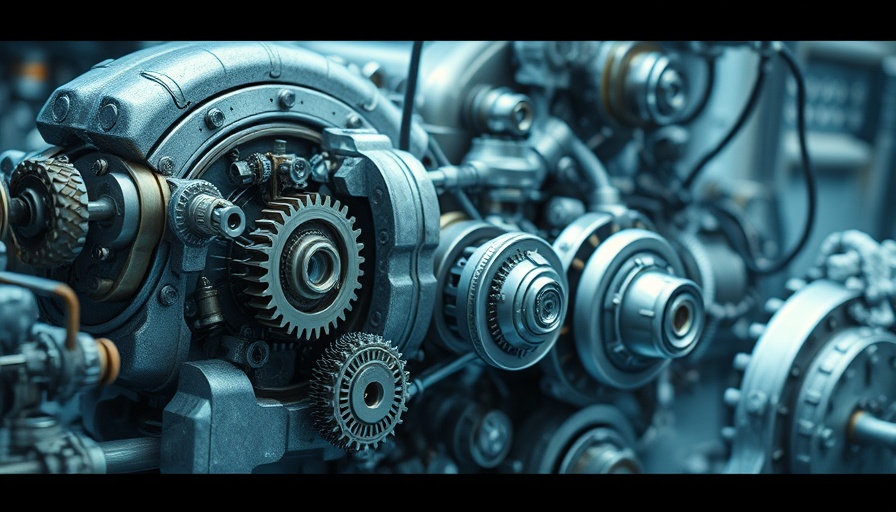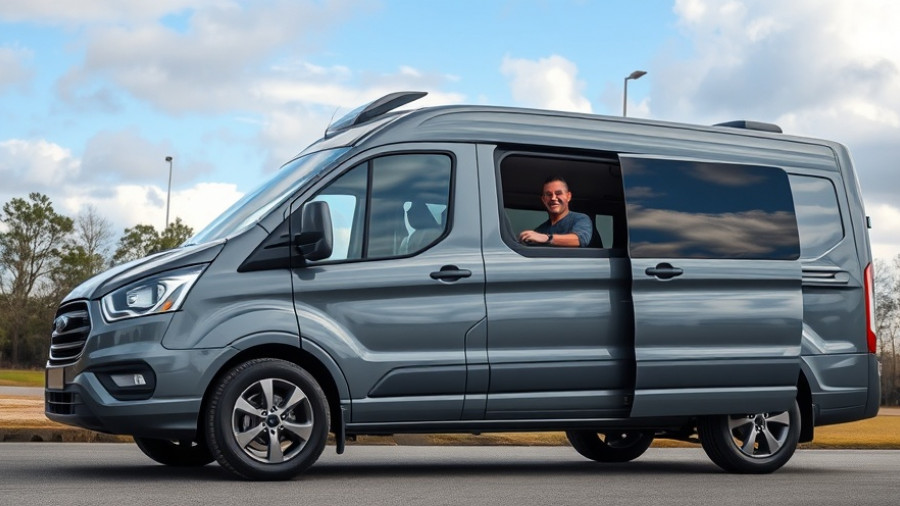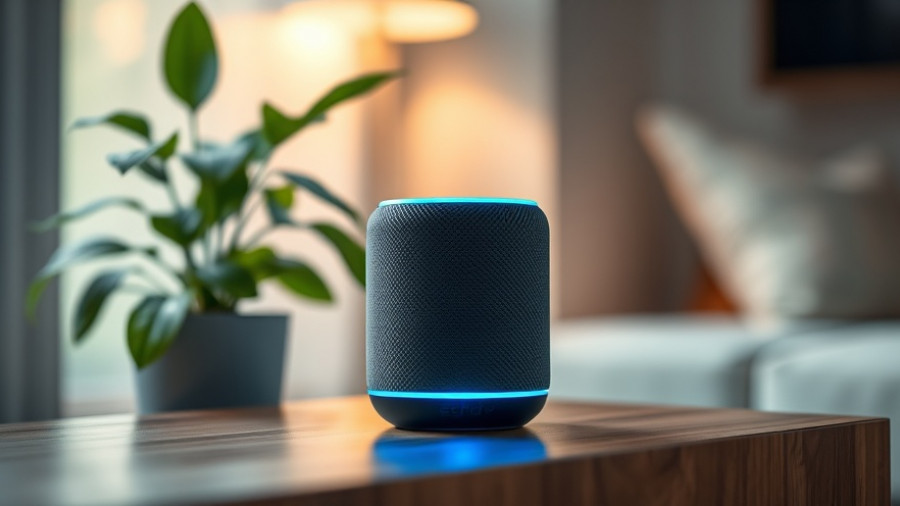
Could Your Refrigerator Run on Magnets?
Imagine opening your fridge and realizing it has one unique feature—it's not using the usual refrigerant gas to cool your food. Instead, it runs on magnets. Sounds futuristic, right? But thanks to advancements in magnetic cooling technology, that future is closer than ever. Researchers are actively exploring how magnetocalorics could redefine refrigeration, promising both higher efficiency and a cleaner approach to cooling.
In 'How Magnetic Cooling Is Breaking All the Rules', the video delves into the exciting advancements in cooling technology, prompting us to explore how magnetic cooling could redefine the future of refrigeration.
The Problem with Traditional Refrigerants
For decades, we've relied on the vapor compression cycle for refrigeration, a method steeped in history dating back to the 19th century. It involves changing refrigerants from gas to liquid, moving heat around to keep our spaces cool. However, the use of hydrofluorocarbons (HFCs)—the chemicals that make this system work—come with serious environmental concerns. As these gases contribute to climate change, the need for an alternative becomes increasingly urgent.
What Are Magnetocalorics? A Quick Overview
Magnetocalorics is a type of caloric cooling mechanism where materials change temperature in response to a magnetic field. When these materials, often metals like gadolinium, are magnetized, they release heat; when demagnetized, they absorb heat. This process holds the potential to perform as efficiently as traditional cooling systems without the reliance on harmful refrigerants. Recent prototypes from universities and startups have achieved impressive results that bring this technology into a realm of commercial viability.
Innovations from Researchers
The drive for magnetocaloric cooling has garnered attention for producing devices that can potentially outpace the traditional cooling systems. A notable project comes from the U.S. Department of Energy's Ames National Laboratory, where researchers have successfully created a magnetocaloric heat pump (MCHP) that aims to rival the classic vapor-compression heat pumps on performance metrics like cost and cooling power. Their findings suggest that with the right materials and design, these new cooling systems could soon be competitive.
Commercial Ventures and Future Directions
The journey to integrate this technology into everyday appliances is well underway. European companies like Magnoric and Magnotherm are paving the way with prototypes targeting commercial applications. For instance, Magnoric showcased a magnetocaloric display cabinet that kept drinks chilled while demonstrating the technology's practicality. With ongoing improvements, the shift to magnets could offer a striking solution to cooling that is both efficient and environmentally friendly.
A Sweet Spot for Homeowners
For homeowners, this innovation opens up new avenues for energy-efficient living. Imagine a fridge that cools your groceries while also being kinder to the planet. Not only could magnetic cooling lead to reduced energy bills, but it could also play a role in the larger movement toward sustainable home technologies. As these devices become more affordable and available, it's worthwhile to consider how upgrading your home appliances could positively impact everyday life.
Curious how this technology could work in your kitchen? As we continue to see advancements in magnetocalorics, be prepared to rethink your approach to refrigeration. Staying ahead of these innovations could be the key to improving your home and minimizing your ecological footprint.
 Add Row
Add Row  Add
Add 



Write A Comment